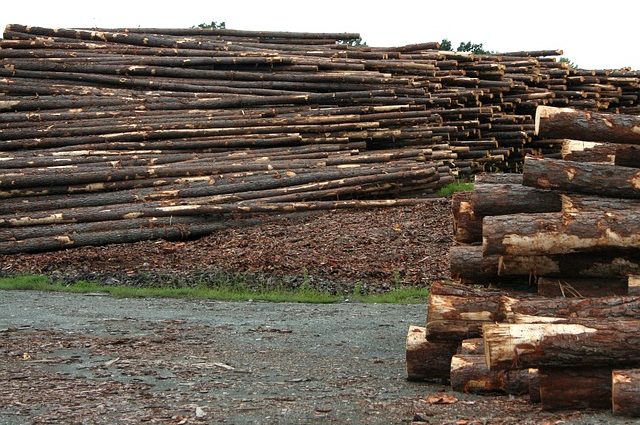As we all know, things are not looking so good for the state of the world. General global warming is progressing faster than planned. The first effects are already clearly noticeable. In many regions of the world, the weather seems to be going crazy. That is why the leading industrial nations are trying everything to reduce CO2 emissions. How does it fit in when wood pellets are increasingly seen as an alternative form of fuel? We take a closer look at the scientific findings.
What are wood pellets?
Whenever a tree is felled for industrial purposes, waste material is produced. Nice, straight boards are cut from the middle section. The rest, including the bark, is recycled elsewhere. Whereby nothing is wasted.
Wood pellets are produced within this framework. These are about 86% waste pieces from industrial production. They are pressed into small capsules to be used as fuel. The remaining 14% are obtained from the pieces of wood that are simply lying around in the forest and are then collected. So you can confidently say that wood pellets are made from 100% renewable raw materials.
What are the advantages of wood pellets?
Probably the biggest advantage comes from the fact that wood grows again and again. In this sense, pellets can never run out, just like oil or gas. As a rule, the material is obtained from sustainable forestry. This means that the bottom line is that only as much is sold as is harvested. If the demand is there, the forest areas can even be expanded. This in turn means that the price of pellets is not determined by political crises or a cartel like OPEC. The production volume can be expanded slowly but surely. It has to be said, however, that the price of wood also fluctuates again and again.
Wood pellets and the CO2 balance
Environmentalists generally demonise everything that has to do with combustion. This problem does not exist with pellets. It is an ecological form of heating. However, this is only true if the wood comes from sustainable production and no forests are deforested.
The positive effects of pellets are that the trees grow for years. During this time, they convert a lot of CO2 into oxygen through photosynthesis. The larger the global forest stand, the better. If trees are then cut down for industrial use, the pellets are created in the process. When they are burnt, the carbon is oxidised with the oxygen in the air. This combination has the effect that one tonne of wood can produce about 1.8 tonnes of Co2 – depending on the type of wood.
However, it can be stated that combustion is neutral for the climate. At most, the amount of waste gas released is equal to the amount previously absorbed over the years of life. So the bottom line is zero – no additional pollution of the air.
The situation is quite different with coal, gas and oil. These substances were formed from carbon millions of years ago. That’s how long it was stored in them. But if you burn them all now, the entire content is released in one fell swoop in our time. That is far too much to break down again naturally.
So basically, any combustion would somehow be neutral for the climate. However, for this to happen, the formation and release of CO2 must be close together so that it is harmless to the environment.
